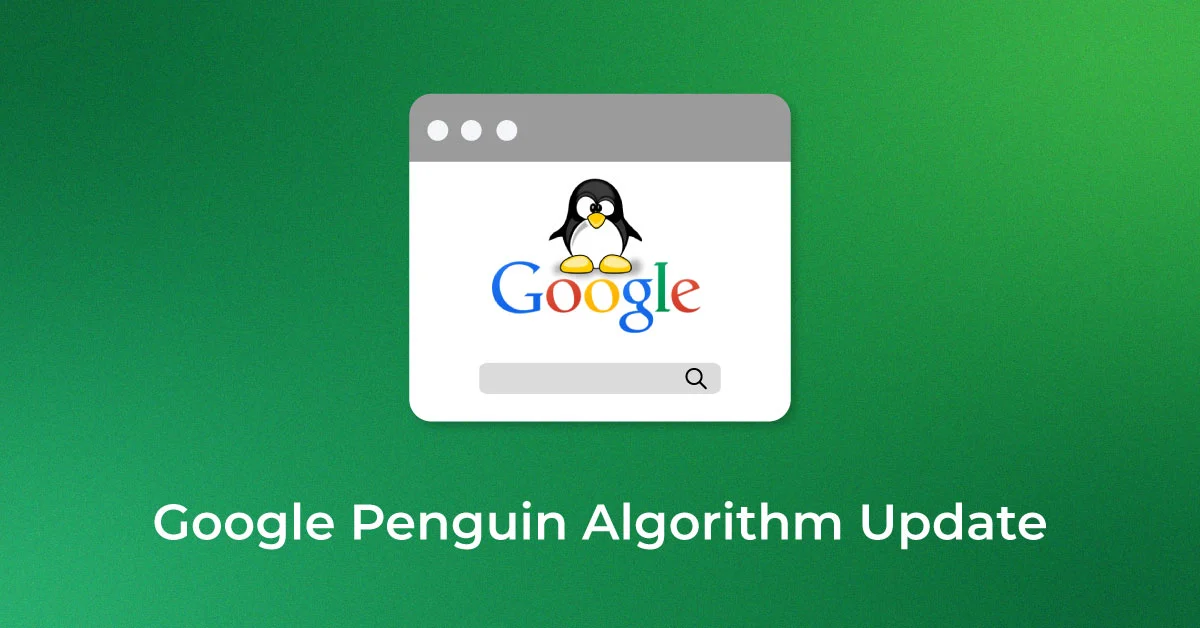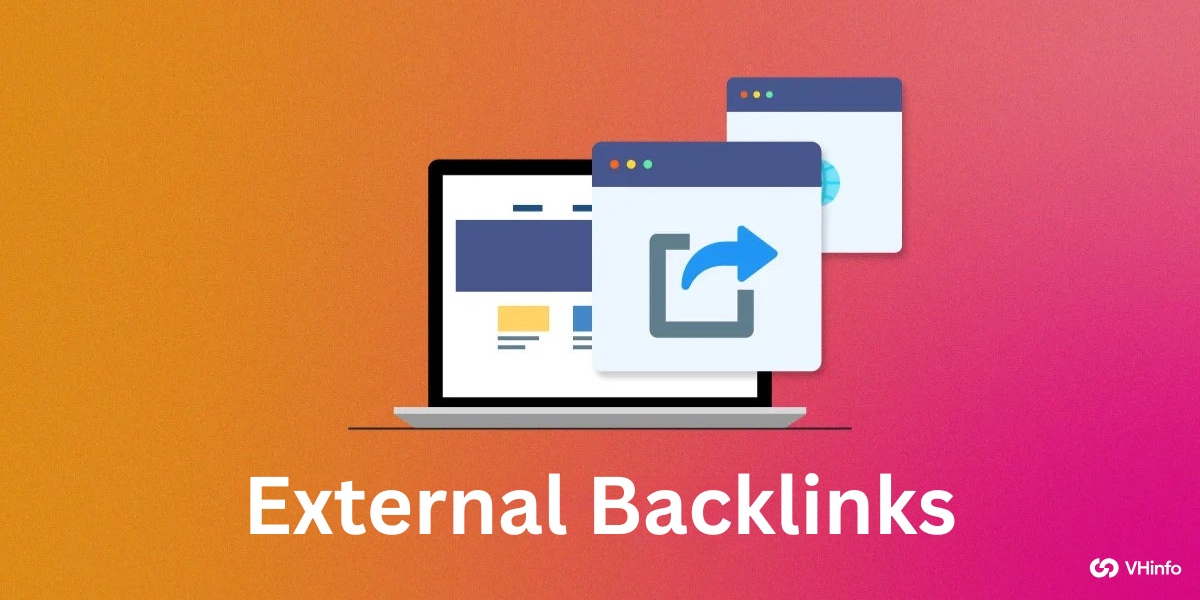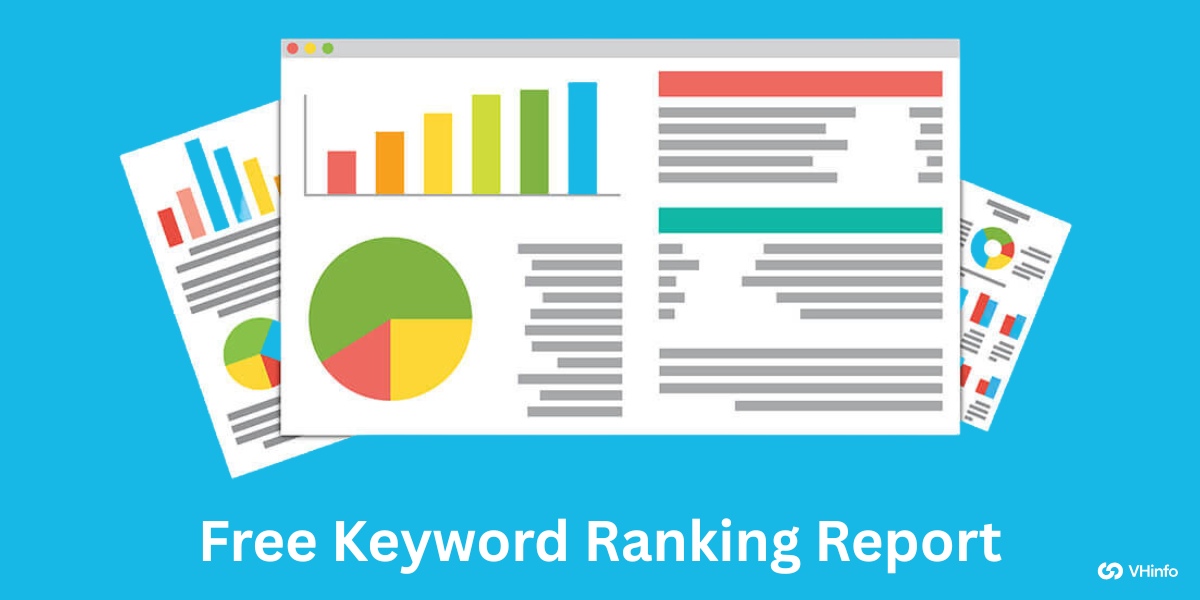The world of digital marketing and SEO can seem complex, but at its heart, it is about creating a good user experience.
A big part of Google’s effort to show the best pages in search results is its search algorithm. One famous part of this is the Google Penguin algorithm. This guide will explain what the Penguin algorithm is, how it works, and how you can make sure your website follows the rules.
For website owners, knowing about this Google algorithm is key to maintaining a strong online presence and achieving higher rankings. The goal is always to improve your position in the search engine results.
What Is the Google Penguin Algorithm and How Does It Affect SEO?
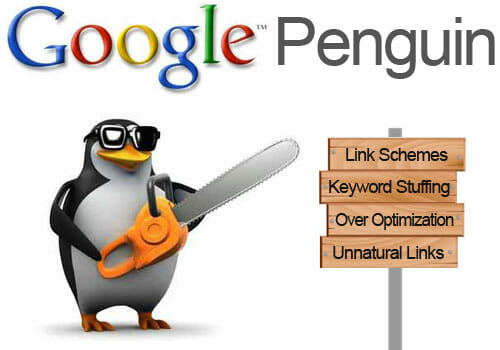
The Google Penguin algorithm is a set of rules used by the search engine to find and act on websites that use tricky link building methods. Its main job is to target link spam and punish sites that try to cheat their way to the top of Google search.
Before Penguin, many websites used unnatural links to trick Google’s algorithms into thinking they were more important than they were. The Penguin update was created to stop this. It looks at a website’s backlink profile to judge its quality.
If the Penguin algorithm update finds too many bad links or evidence of link schemes, it can lower a site’s search engine rankings. This makes it harder for people to find the site through search queries, which means less organic traffic.
How Has Penguin Changed Over the Years?
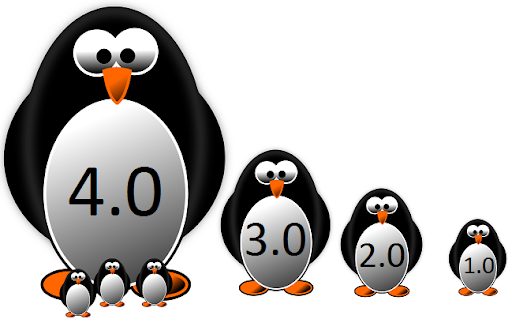
The Google Penguin update has gone through many changes since it first appeared. Each version made the search algorithm smarter at catching low-quality links.
Penguin 1.0 – 24 April 2012
This was the first Google Penguin update. It was a big deal in the SEO world. It affected around 3.1% of English queries. Its purpose was to go after websites that violated Google’s webmaster guidelines, especially those involved in keyword stuffing and using spammy links.
Many website owners saw their search rankings drop overnight if their link profile was not clean.
Penguin 1.1 – 25 May, 2012
Just a month later, Google released another algorithm update.
This was a data refresh, not a major change to the google algorithm itself. It affected less than 0.1% of English searches. It showed that Google was serious about keeping its search engine results clean and would continue to refine its process for identifying link spam.
Penguin Update #3 – 5 October, 2012
This was another refresh. It impacted about 0.3% of English language searches.
By this point, website owners who had been hit were working hard to clean up their backlink profile. They started to understand that link quality was more important than link quantity in their SEO strategies.
Penguin 2.0 (Penguin #4) – 22 May, 2013
This was a major Penguin update, not just a refresh. Matt Cutts, who was the head of webspam at Google, announced that this version would go deeper into websites to find bad links. It affected 2.3% of English queries.
This Google algorithm update looked beyond a site’s homepage and checked the quality of links pointing to every page.
Penguin 2.1 – 4 October 2013
This was the next refresh of the Penguin 2.0 algorithm.
It was a minor change that allowed the search engine to catch more sites using unnatural links. Those who had not cleaned up their act saw further drops in their search engine rankings, while some who had made changes started to see improvements.
Penguin 3.0 – 17 October 2014
This Penguin update was a long-awaited refresh. It took over a year to roll out. It gave websites that had cleaned up their bad links a chance to recover. It also penalized other sites that were still using manipulative link building tactics.
This update affected less than 1% of search queries.
Penguin Part of Google Core Algorithm – 23 September 2016
This was the biggest change. Google announced that Penguin was no longer a separate filter that ran from time to time. It became a part of Google’s core algorithm. This meant it was always running and assessing websites in real time.
A site could recover much faster from a penguin penalty.
Penguin 4.0 – 23 September 2016
This final major version, also announced on the same day, made the Penguin algorithm more granular.
Instead of penalizing an entire website for spammy links, it could devalue the specific bad links. This was a big shift. It meant the google algorithm would ignore the link spam instead of punishing the whole site, which was a fairer approach to handling negative SEO attacks.
The Core Function of the Penguin Algorithm
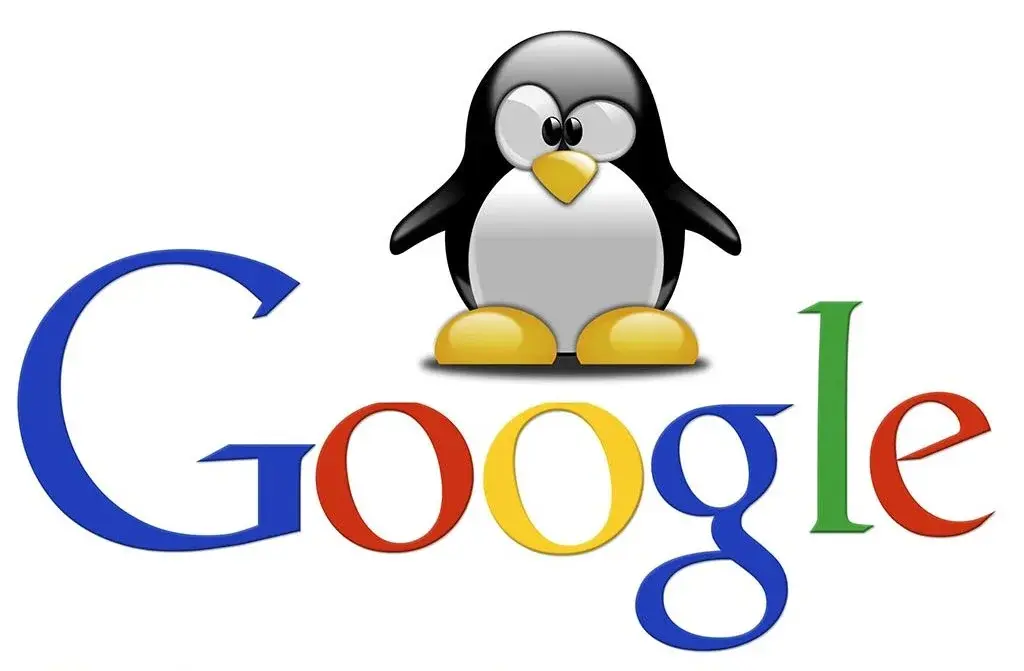
The main job of the Penguin algorithm has always been to improve the quality of search results. It does this by making sure that sites with good links and valuable content get the higher rankings they deserve.
The Initial Launch and Purpose of the Update
When the Google Penguin algorithm first launched, its goal was clear: fight link spam.
For years, SEOs had used easy tactics like buying links from link farms to manipulate search rankings. The Penguin algorithm update was designed to put an end to these practices. It sent a strong message that link quality was now a top priority for the search engine.
It forced the digital marketing industry to change its SEO strategies for the better.
Identifying and Devaluing Low-Quality Backlinks
A key function of the Google Penguin system is its ability to spot and devalue unnatural links.
It looks for patterns that suggest links were not earned naturally. This includes getting lots of links from low-quality websites, using too many identical anchor texts, or participating in link exchanges. When the algorithm finds these spammy links, it now ignores them.
This means the bad links no longer help a site’s search engine rankings, and they don’t hurt it as much as they used to.
Transitioning to A Real-Time Penguin Algorithm Model
The move to make Penguin a part of the core algorithm was a huge step. Before 2016, if a website was hit by a Penguin penalty, it had to wait for the next refresh to see any recovery, which could take months or even a year.
Now that the Penguin algorithm runs in real time, changes are visible much faster. When a website removes its bad links, the google algorithm can see these changes quickly, and search rankings can improve in a matter of weeks, not months.
Key Link Schemes Targeted By The Penguin Algorithm

The Penguin update was built to fight specific types of manipulative link schemes. These are tactics that violate Google’s guidelines and try to artificially boost a website’s authority.
The Impact on Paid and Spammy Links
One of the biggest targets for the Google Penguin algorithm was paid links that were meant to pass ranking value. Many websites use to buy links from other sites to improve their online presence.
Penguin learned to identify these paid links and devalue them. This also applies to other types of spammy links, like those found in blog comments with no relation to the topic. These kinds of links are now seen as a sign of low-quality link building.
Over-Optimized Anchor Text Distribution
Anchor text is the clickable text in a hyperlink. Before Penguin, a common tactic was to use the exact target keyword in the anchor text for most of a site’s backlinks. This is called over-optimization.
The Penguin algorithm sees this as a red flag. A natural link profile has a variety of anchor texts, including the brand name, a URL, and generic phrases. Too much exact-match anchor text is a clear sign of a manipulative link scheme.
Low-Quality Directory and Article Submissions
In the past, submitting a website to hundreds of low-quality online directories or article submission sites was a popular link-building technique.
The Penguin algorithm update put a stop to this. These sites often provide no real value and exist only to create links. Google now sees a large number of links from these sources as link spam.
Building a healthy link profile means getting good links from relevant and reputable websites.
The Problem With Private Blog Networks (PBNs)
Private Blog Networks, or PBNs, are networks of websites created solely to build links to a single main website to manipulate search engine rankings. This is a direct violation of Google’s webmaster guidelines.
The Penguin algorithm, along with manual actions from Google’s team, is very effective at identifying and penalizing websites that use PBNs. This is one of the riskiest link schemes, and it often leads to a severe Google penalty.
How to Know If the Penguin Algorithm Has Affected Your Site?

It can be scary to see your traffic drop, and you might wonder if a Google algorithm update is the cause.
Here are a few ways to check if the Penguin algorithm has affected your site.
Analyzing Sudden Drops in Organic Traffic
The most obvious sign of a Penguin penalty is a sharp, sudden drop in your organic traffic from Google search. This drop would typically happen right after a known Penguin update was announced (before 2016) or could happen at any time now that it runs in real time.
If your traffic fell off a cliff and has not recovered, it’s a good idea to investigate your backlink profile for any issues.
Using Google Search Console For Link Analysis
Google Search Console (once known as Google Webmaster Tools) is an essential tool for every website owner. It provides a lot of data about your site’s performance, including a list of websites that link to you.
You can use the “Links” report in Search Console to review your link profile. Look for suspicious-looking domains or a high number of links from irrelevant, low-quality sites. This is the first step in identifying bad links.
Differentiating Between Algorithmic Devaluation and Manual Penalties
It is important to know the difference between a Penguin issue and a manual action. A Penguin issue is algorithmic, meaning a search algorithm automatically devalues your site or its bad links. You will not get a notification for this.
A manual action, however, is given by a human reviewer at Google. If you receive a manual penalty for unnatural links, you will get a message in your Google Search Console account. For a manual penalty, you must submit a reconsideration request after you have fixed the problem.
Strategies For Penguin Algorithm Recovery
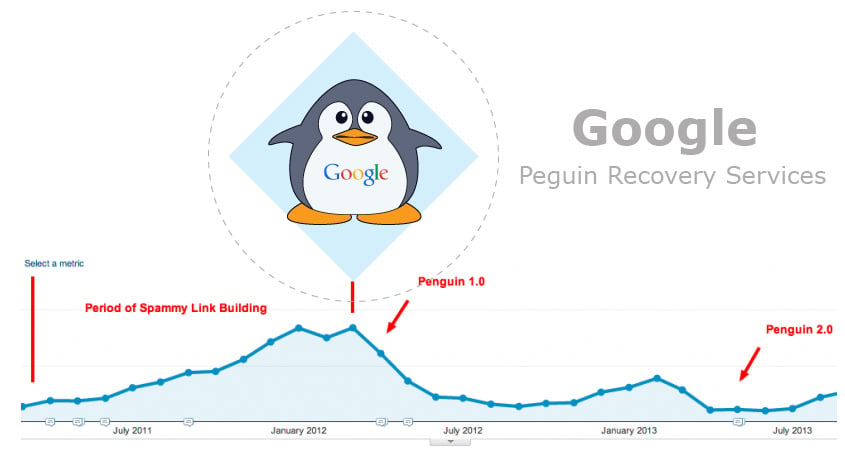
If you think your site has been hit by the Penguin algorithm, don’t panic. There are clear steps you can take to clean up your link profile and recover your search rankings.
Performing A Comprehensive Backlink Audit
The first step is to do a full backlink audit. This means gathering a list of all the links pointing to your website from tools like Search Console and other third-party tools. You need to examine each link and decide if it is a high-quality link or a spammy link.
At VH Info, we specialize in helping businesses analyze their backlink profile to identify harmful links that could be hurting their SEO.
Creating and Submitting A Disavow File
Once you have identified all the bad links, you should try to get them removed by contacting the other website owners. If you cannot get them removed, your next step is to use Google’s disavow tool.
This tool allows you to tell Google which links you don’t want it to consider when assessing your site. You create a file listing the domains or URLs of the bad links and submit it through Google Search Console. This tells the Google algorithm to ignore them.
Focusing On Building High-Quality, Relevant Links
Recovery is not just about removing bad links. It’s also about building good links. Your link-building efforts should focus on earning natural links from reputable websites in your industry. This is done by creating quality and valuable content that people want to share.
High-quality links send strong signals to Google’s algorithms that your site is trustworthy.
Reclaiming Lost Links and Unlinked Mentions
A great way to build natural links is to find mentions of your brand online that do not include a link back to your site.
You can reach out to the website owner and ask them to add a link. This is an easy way to build powerful links. You can also look for old links that are now broken and ask the site owner to fix them. These SEO strategies help you strengthen your link profile with relevant links.
Future-Proofing Your SEO Against the Penguin Algorithm

The best strategy is to avoid a Penguin penalty in the first place. By focusing on sustainable, white-hat SEO strategies, you can build a strong online presence that will last.
Building A Natural and Diverse Link Profile
A healthy backlink profile looks natural. This means having links from a variety of different types of websites, such as blogs, news sites, and industry resources. It also means having a mix of anchor texts.
Don’t focus only on keyword research to find exact-match anchor texts. A natural approach to link building is the safest and most effective long-term strategy. This is a core part of the service we offer at VH Info, helping you build a profile that Google’s algorithms trust.
Prioritizing Content Quality to Earn Links Organically
The foundation of any good link building strategy is quality content. When you create helpful, interesting, and relevant content, other people will naturally want to link to it. Instead of actively trying to build links, focus on creating valuable content that earns them.
This is the most powerful way to show the search engine that your site is an authority, which leads to higher rankings.
Monitoring Your Backlinks Regularly For Spam
You should regularly monitor your backlink profile using Google Search Console and other SEO tools. Keep an eye out for any new spammy links. Sometimes, competitors might engage in negative SEO by pointing hundreds of bad links at your site to try to trigger a Google penalty.
By monitoring your links, you can spot these issues early and disavow the harmful links before they cause a problem.
FAQ’s:
Is the Penguin Algorithm Still A Separate Update?
No, the Penguin algorithm is no longer a separate update. Since 2016, it has been a part of Google’s core algorithm. This means it works in real time to assess websites continuously, rather than during periodic updates.
How Does Penguin Differ From Panda and Hummingbird Updates?
The Google Penguin update focuses specifically on link quality and link schemes.
The Google Panda update, or Panda algorithm, targets low-quality content, like thin pages and keyword stuffing. The Google Hummingbird update was a major change to the main search algorithm itself, helping Google better understand the meaning and intent behind search queries.
How Quickly Can A Site Recover From A Penguin-Related Issue?
Because Penguin is now a real time part of google’s core algorithm, recovery is much faster than it used to be.
Once you have cleaned up your bad links and submitted a disavow file, Google’s crawlers will re-evaluate your site. You could see improvements in your search rankings in a few weeks, depending on how quickly Google recrawls the links.
Does the Penguin Algorithm Penalize Sites Or Just Devalue Links?
The current version, Penguin 4.0, primarily works by devaluing bad links rather than issuing a site-wide Penguin penalty. This means the google algorithm just ignores the spammy links, so they don’t help or hurt your search engine rankings.
However, severe and widespread link schemes can still trigger a manual action from Google’s webspam team.
Are There Tools to Help Monitor Penguin-Related Penalties?
Google Search Console is the most important tool. It helps you monitor your backlink profile and will notify you of any manual actions.
While no tool can definitively say “you have a Penguin penalty,” many SEO software platforms can help you audit your link quality, track your organic traffic, and identify risky links that could be devalued by the Penguin algorithm.
Conclusion
The Google Penguin algorithm fundamentally changed the world of SEO by shifting the focus to link quality. It is no longer possible to use manipulative link schemes or unnatural links to achieve lasting success in search engine results.
For today’s website owners, the message is clear: focus on creating high-quality, relevant content and earning natural links.
By following Google’s guidelines and building a healthy link profile, you can build a strong foundation for your online presence that is protected from any future algorithm updates.
These are the core principles we live by at VH Info, where we help our clients build sustainable growth.
